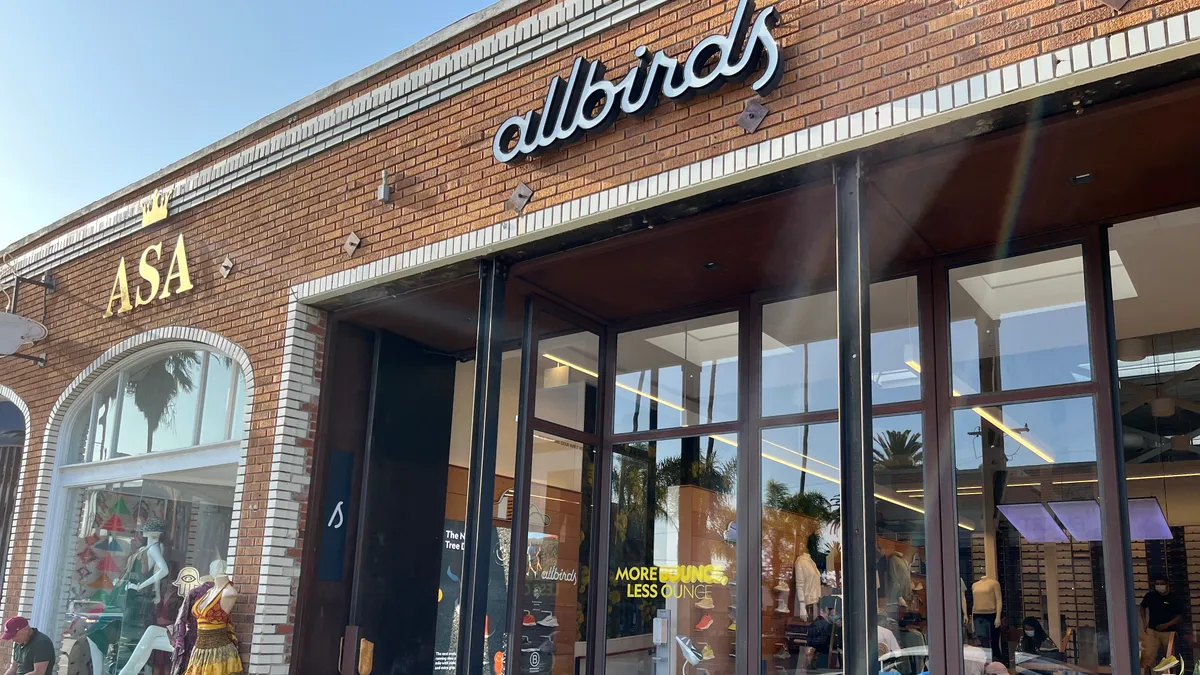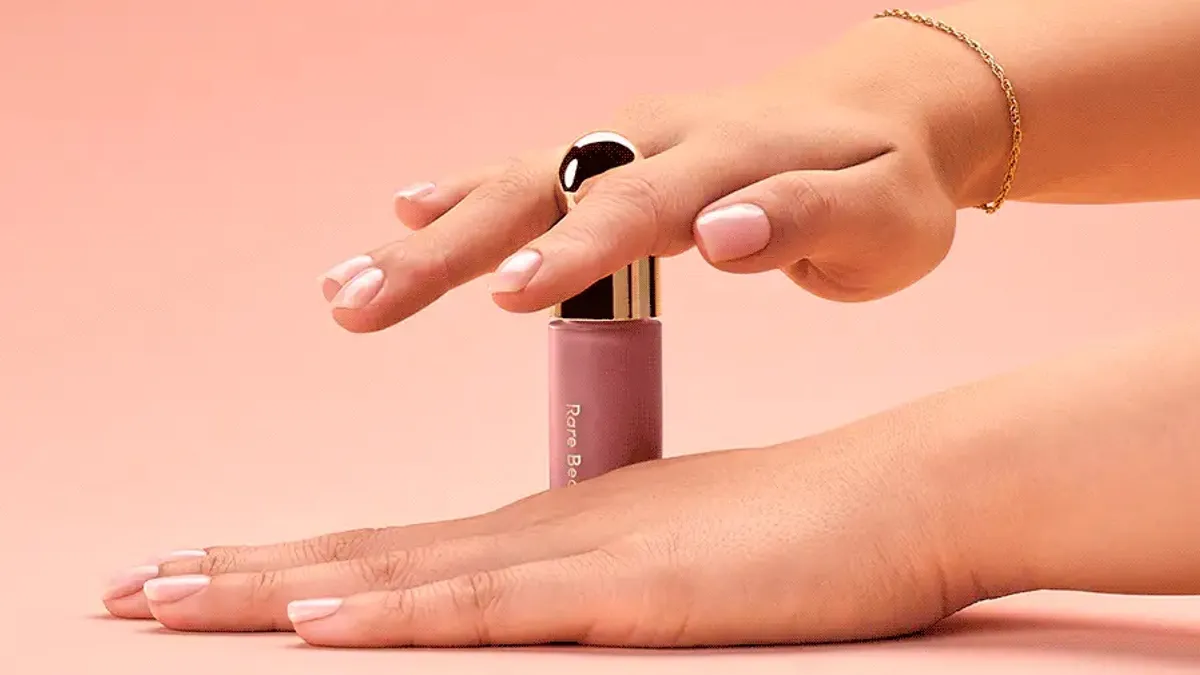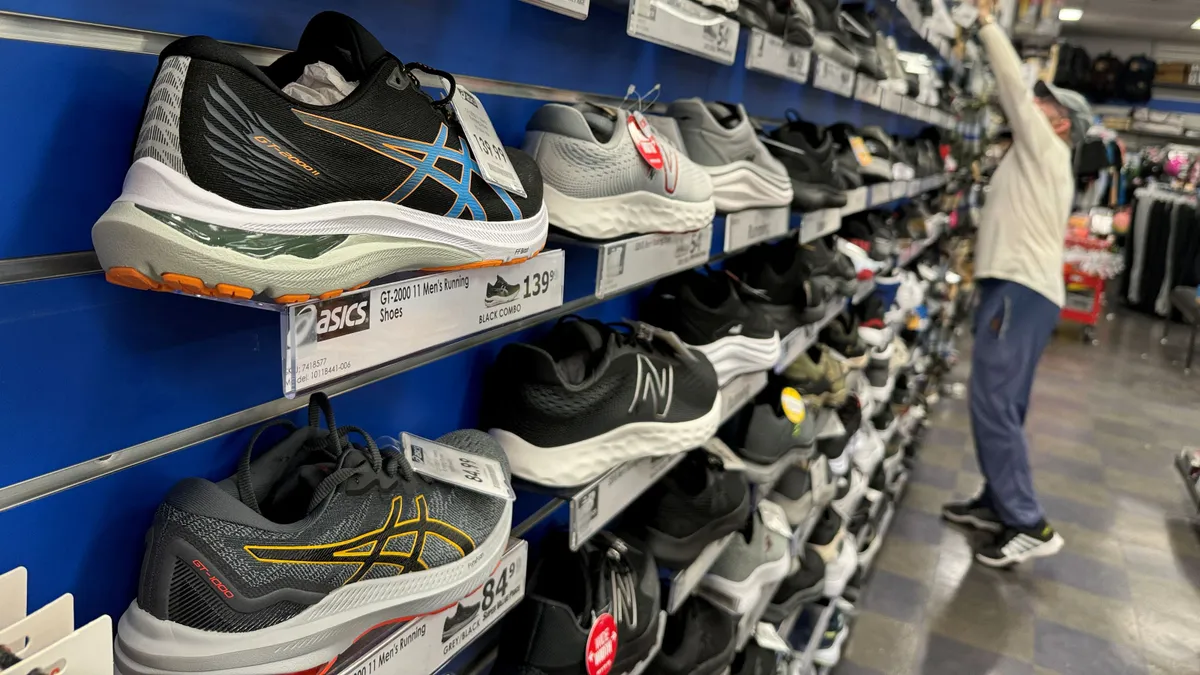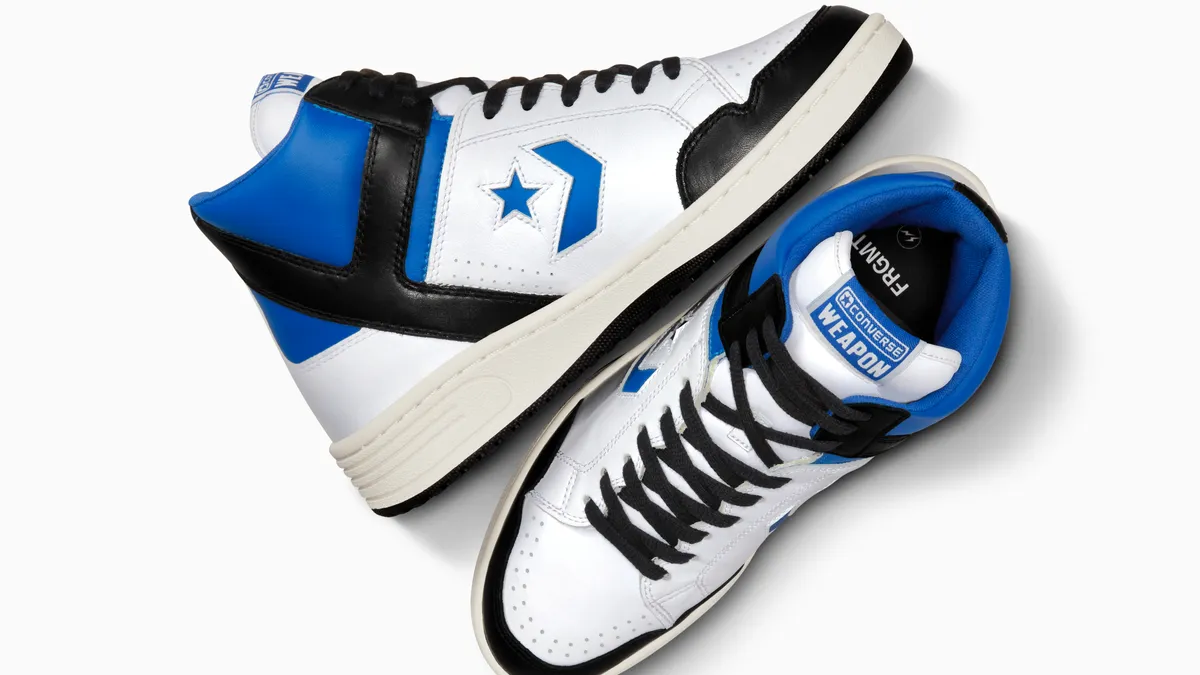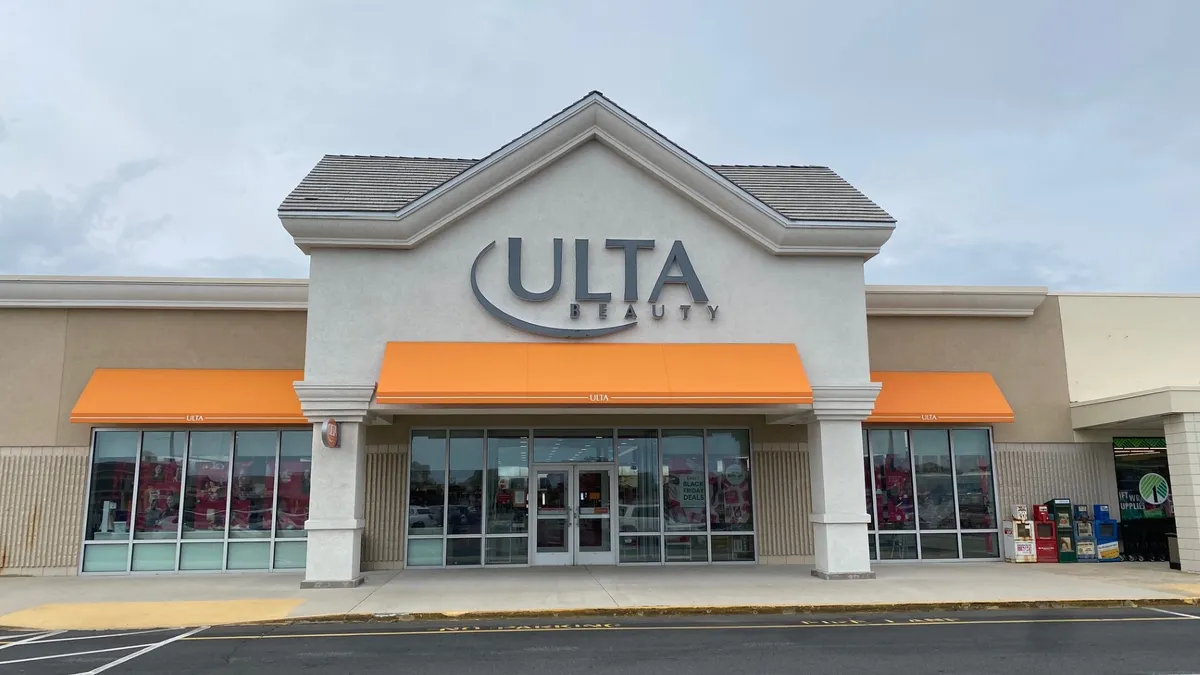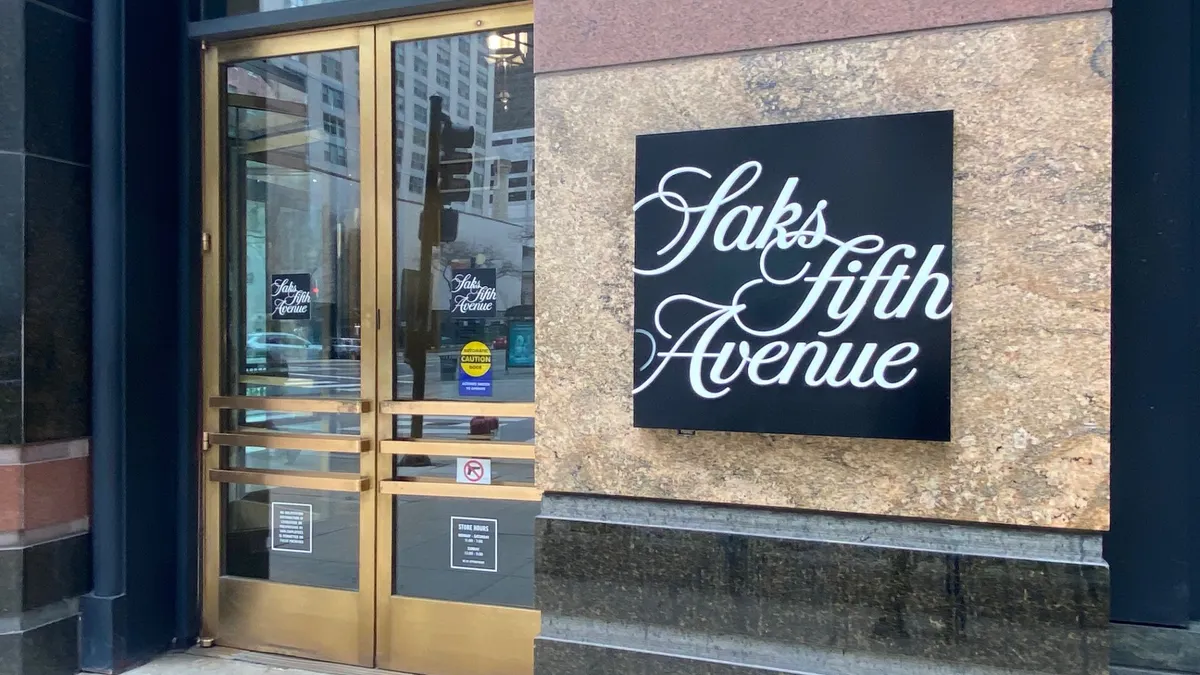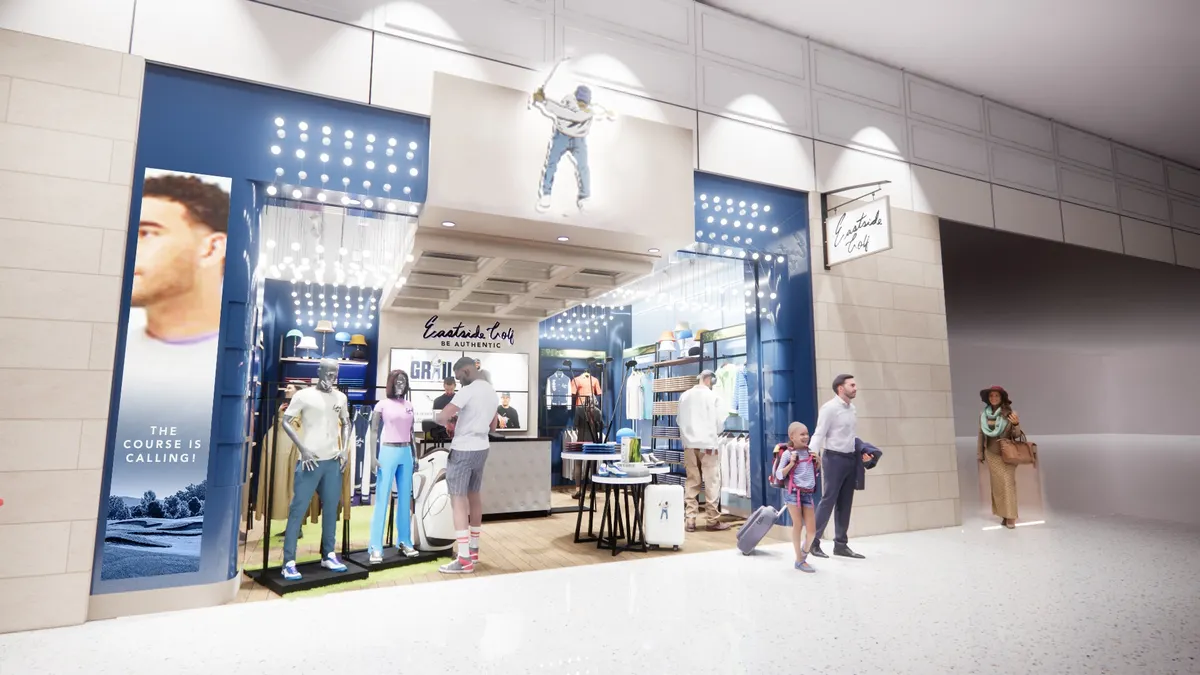Retailers have found social media to be both an engaging platform and a useful marketing tool, beating out many traditional marketing venues like television and print ads in effectiveness. So the move to make these social interactions sellable seems like the next step, right?
As 2015 wore on, buy buttons on social media sites like Pinterest and Twitter, the testing of buy buttons, and the announcements of yet more buy buttons, seemed to be everywhere. Yet, even with this holiday season’s apparent surge in mobile commerce, social media hasn’t turned out to be a major channel for sales.
Is it the beginning of the end for social media commerce? Or should retailers be patient with the tech? The answer depends on who’s talking, and how retailers are using the 'buy' buttons to turn clicks into dollars.
The power of social media
A study from Lightspeed GMI, Halverson Group, and The Right Brain Consumer Consulting ranked sponsored social media messages on Periscope, Snapchat, and Instagram as the top three tools in effectiveness. Television ads were deemed fourth in effectiveness, the only old-media format to make the survey's Top 10.
This likely led retailers, including American Girl, J. Crew, Macy’s, and Target to considerably increase their social media blitzes at the holidays this year. Instagram alone is expected to generate some $600 million in ad sales this year, according to eMarketer, and could outpace Google and Twitter to reach $2.81 billion in ad sales by 2017.
Similarly, retailers’ social media activity is far better than their websites or search engines at getting shoppers to convert or try new things, according to a report from digital marketing vendor Epsilon Data Management LLC.
For its “Digital Shopping Tool Impact Study 2015,” Epsilon looked at what prompted shoppers to try new brands and products, with the top influencers being: retailers’ social media usage (29%), brands’ social media usage (28%), printable coupons (23%), daily deal sites (22%), and friends’ social media posts (21%).
While consumers may use a retailer’s site more often, social media, apps, and even coupons are more likely to influence their shopping and decision-making in 10 areas of the shopping process, including what store they visit and their amount of unplanned purchases. The top five digital tools, according the report, are retailers’ social network posts and pages (35%), price comparison sites (35%), shopping apps (34%), brands’ social network posts and pages (33%), product reviews (33%), printable coupons (32%).
What's needed to 'close the gap'
Still, buy buttons on social media aren’t grabbing the same attention from consumers.
This month, GlobalWebIndex reported scant interest in hitting buy buttons by social media users, with the percentage of respondents indicating interest in such a thing varying by network. Facebook attracting the least interest (9%) and Tumblr (17%) the most among the platforms studied. Pinterest, which has pinned the biggest hopes on a “Buy” button, attracted interest from only 13% of users, similar to Twitter (12%) and Instagram (14%).
A separate study from Boston Retail Partners, meanwhile, showed that a third (34%) of retailers are nevertheless still counting on social revenues to increase this year, in part backed by increased use of “Buy” buttons.
One of the impediments to the adoption or success of buy buttons is coming not from the customer side, but from the merchant side, says Cristina Cordova, head of business development at payment solutions company Stripe.
Social media remains a powerful way to engage a brand’s most loyal customers and to catch the attention of new customers, Cordova says. Making it easier to establish a buy button, one that is integrated with a retailer’s inventory management and is handy for the consumer, is what the social media buy button needs. Eventually, it will catch on and conversion will follow.
“Obviously Warby Parker, for example, has a Twitter page, people follow them on Twitter, these are their brand loyalists, and they can buy from them without leaving the Twitter app,” Cordova says. “But also can find new customers as well — and you can promote that Tweet about a new product to reach people who don’t follow you. A lot of these things are very much new and experimental and this holiday season is the first time you’re seeing some of these experiences out in the wild.”
But Stripe very much expects buy buttons to proliferate and succeed as more merchants get their systems integrated into the various platforms. “There is a pretty big gap there and we're looking to close that gap in this coming year,” Cordova says.
All about wallets
Not so fast, Ralph Dangelmaier, CEO of global e-commerce services and payments company BlueSnap, told Retail Dive. Dangelmaier agrees with the notion of social media as a powerful marketing tool, but not so much for buying or checkout.
“Social media is good for advertising, but we just don’t see buy buttons taking off,” he said. “Social media is just not a good way to shop. The trend certainly will be that people will buy differently without swiping cards—the question is how will people pay. I believe that as people build frictionless checkout, like the Ubers and Amazons, that social buying is not going to take off."
Rather, he says, the stickiest checkout button will be found within what he calls “super-wallets,” which will slowly but surely overtake the plastic credit card and possibly the mobile web as the preferred way to buy.
“What we see people is really wanting a one-click wallet checkout, like a Masterpass,” he says. “We believe in these super wallets or non-closed wallets—Apple, Android, Samsung, Visa, Mastercard, plus PayPal and all the international guys—that you can use across all your apps.”
Maybe, just maybe
Keith Anderson, VP of strategy and insights at e-commerce analytics company Profitero VP, says that social just may still have a chance.
“‘Buy buttons’ on social media and display ads will flounder without more standardization and shopper education,” Anderson told Retail Dive. “In the near term I think it is a bust and I’m not bullish on it, but long term I think it is going to happen. They were getting so much press six months ago, but if they think overnight they’re going to transform how people are going to buy—it’s all going to have to get standardized before the mainstream online shopper understands it.”




